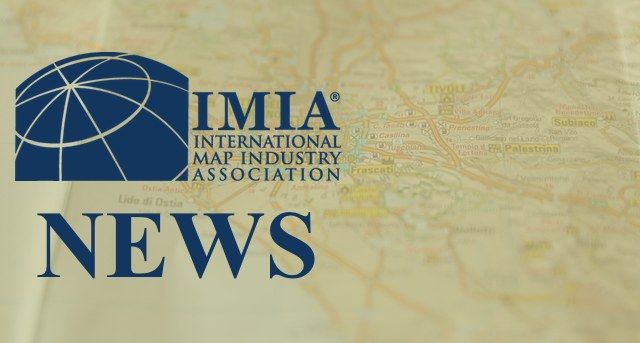Digital Library Infrastructure Replacement? Sounds pedestrian, but is it? What has occurred has in fact amounts to a revolution, and redistribution of power in the hands of map users.
Over the past three years the National Library of Australia has been working through replacement of its digital systems. In January this year the new delivery system for maps and other pictorial formats was launched, and added to people’s ability to use the materials.
The Library is proud to announce that nearly 40,000 maps from over 18,0000 catalogue records are now downloadable FREE as high-resolution tif files. Most items have already been visible on the library’s catalogue, and on Trove. Now all digitised maps are available for free and immediate download in both the highest resolution (tif) and lower-resolution compressed formats (jpg, pdf). This represents about 5% of the Library’s total maps collection, from the earliest mapping by European cartographers, the early explorers and maritime charts, colonial settlement and pastoral mapping, land administration, town planning, Australia’s early topographic series, commercial, pictorial, wartime etc.
The Library has been scanning its maps since 2002, and over that time users have consistently voted for change, especially where out of copyright materials is concerned. As the project developed, the Maps team has focussed effort on how to get maps out to people as easily as possible, and how get more people to use the Library’s maps. Late in 2015 the new functionality passed the test, and last month we took the step and released the Library’s entire collection of digitised maps. Once out of copyright material is scanned, Free download saves time and effort on both sides.
The rest of the Library’s Maps Collection of over 800,000 maps, globes, atlases and other cartographic materials await. Maps not yet scanned may be ordered the usual way, through our Copies Direct service.
The Library has also added other functionality to maps online, better panning and zooming, rotation of images, and easy to use series indexes for over 1500 Australian and international series, to help identify the Library’s holdings.
Downloadable maps can be found by chance on any search engine, or via Trove, or the National Library’s own catalogue.
Trove: http://trove.nla.gov.au/ (all items ‘At National Library’)
NLA: http://catalogue.nla.gov.au/ (set the “add limits” dropdown to ‘map’)
Or browse the 18,000+ digitised map records (given here in chronological order from 1493):
(note that you should see thumbnails next to any digitised item, but they do not always all show… a bug we are currently trying to fix)
To view specific maps, click on the thumbnail, or, click the title to open the catalogue record, then on the link ‘National Library of Australia digitised item”
Then click ‘browse’ (in those cases where it appears) above the image.
The download formats are (very) low resolution pdf (suitable for reference), medium resolution jpg (suitable for powerpoint) and high resolution tif.
Our current standard is 600dpi, but older images may be 300 or 400 dpi.
Dr Martin Woods | Curator of Maps
National Library of Australia







